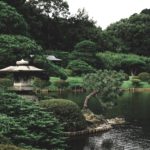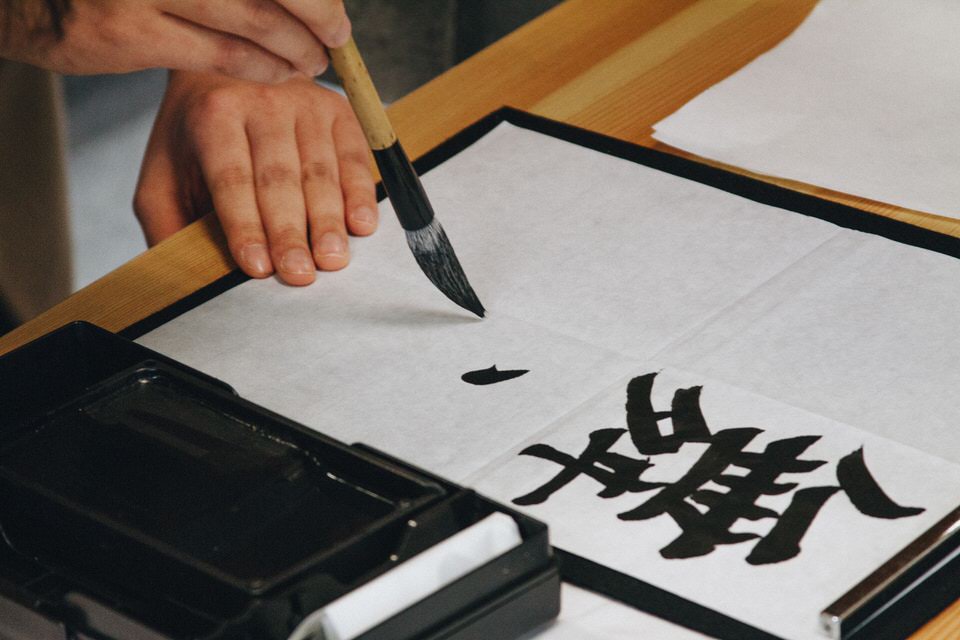In Japan, there is a concept called "Kyousei" and research on Kyousei began in earnest in Japan in the 1980s. Since the 2000s, the term "Kyousei" has also been used by the government. As we enter the 21st century, we are being forced to rethink our lifestyles in various fields, and this idea of "Kyousei" has become a guidepost in various fields such as the Japanese economy, culture, and environment.
What is the meaning of Kyosei?
The term "Kyosei" is used in a variety of fields, but Kisho Kurokawa, a leading figure in popularizing the term "symbiosis" in Japan, explains it this way in his book, "新共生の思想" :
- Kyosei is a new creative relationship born out of competition and tension, including conflict and contradiction.
- Kyosei is a positive relationship in which both parties need and try to understand each other despite mutual conflicts.
- Kyosei is a relationship that makes possible new creations that would have been impossible for either side alone.
- Kyosei is a relationship in which both parties respect each other's individuality and sanctuary while trying to expand their common ground.
- Kyosei is a relationship that places one's own existence within a larger life system of giving and receiving.
(Reference : 浄土宗学における「共生(ともいき・きょうせい)」by Muko Saito)
Kyosei is a way of respecting each other's individuality, and even the coexistence of opposites should be possible.
Background of Kyosei
"According to the article "「縁起」と「共生」 : 仏教の視点から" by Makio Takemura, the reason why the word "Kyosei" has been attracting attention is because of the rise of pluralism due to the collapse of unitary values and the desire for pluralism as resistance to new unitary values.
The values that were established in the 19th and 20th centuries are now causing various problems in the 21st century. Here's some of examples:
- Economy - the principle of competition that emphasizes only efficiency and performance
- Human and Nature - mass production and mass consumption. →A system that does not consider the burden on resources and the environment.
- History and the Future - Lack of people who are responsible for the protection, inheritance, and development of culture, and indifference
- Male and female - gender inequality and male chauvinism
- Cities and Rural Areas - Population influx into large cities → Decline in rural population leading to decline in regional vitality
These issues have been widely recognized in Japan by the terms "diversity" and "sustainability," which have recently been introduced from overseas.
The origin of "Kyosei"
In the article "The Achetype of the Idea of Symbiosis: A quest for the Japanese View of Nature", the roots of the word kyosei are introduced. The article introduces the words of Kisho Kurokawa, a famous Japanese architect who proposed the word kyosei.
The root of the word "kyosei" is a combination of the Buddhist concept of "tomoiki" and the biological concept of "Symbosis".
Biology's "Symbiosis"
One of the origins of the word is symbiosis in the biological world.
The Buddhist Concept of "Tomoiki"
The keynote of "Tomoiki," the root of "Kyosei", is "Engi(縁起)" which is said to be the basic idea of Buddhism.
The concept of engi(縁起) is a way of thinking about the origins of all things and phenomena in this world, and it is believed that all things are made up of causes (direct and indirect causes), are interconnected, and do not exist as entities. This is considered to be the fundamental teaching of Buddhism.
-

-
Engi(縁起) : How Buddhism See the World
The concept of engi(縁起) is a way of thinking about the origins of all things and phenomena in this world, and it is believed that all things are made up of causes (direct and indirect causes), are interconnected, and do not exist as entities. This is considered to be the fundamental teaching of Buddhism. Engi is known in Sanskrit as pratītya-samutpāda, in Tibetan as རྟེན་ཅིང་འབྲེ, in Chinese as 緣起, and in English as dependent origination or dependent arising. Example - Things Let's think about smartphone. What we call as a "smart phone" is nothing but a collection of all kinds ...
続きを見る
This concept of engi has influenced "Kyosei".
The Japanese View of Nature and Kyosei
Japan's ancient view of nature probably has something to do with the roots of "kyosei".
In the Ministry of the Environment's report on the Special Committee on Peace and Coexistence in the Asia-Pacific Region (Science Council of Japan, Special Committee on Peace and Coexistence in the Asia-Pacific Region, 1997), it is stated that the global age is an age that calls for "the coexistence of all things" and "the coexistence of all people. The implication of "symbiosis" is "symbiosis with all things" and "symbiosis with nature" from an ecological perspective (where humans are included as part of nature).
In ancient times, nature in Japan did not refer to mountains, trees, plants, and other non-artificial things, but rather to "to be as one is" or to all things, including humans. (When describing "nature" in the Eastern view of nature, "Shizen" is more appropriate than "nature".)
For more information on the difference between the Western view of nature and the Eastern view of nature, please see here.
In the Ministry of the Environment report, "Yoichi Fukushima (What is Nature Conservation?)" (Jiji Press, 1975) describes the word "nature" as follows
The word "nature" is not found in the original Japanese language. He thinks this is because the ancient Japanese did not regard "nature" as an object in opposition to human beings.
If we think of nature not in the sense of "nature" but in the sense of "all things including human" it is no wonder that the word "Kyosei" is used in various fields such as economics and culture.
It seems natural that the word "symbiosis" is used to rebuild relationships in various fields, such as "multicultural Kyosei" "Kyosei between humans and nature," and "Kyosei between urban and rural areas," while the view of nature is that humans are one of all things.
Reference: Makio Takemura, 「縁起」と「共生」 : 仏教の視点から(2006): Riku Bibi, Go Mimi, The Achetype of the Idea of Symbiosis: A quest for the Japanese View of Nature (2011) Muko Saito, 浄土宗学における「共生(ともいき・きょうせい)」 Ministry of the Environment, 資料1-3 特別部会にこれまで提出された主な参考資料の一覧








